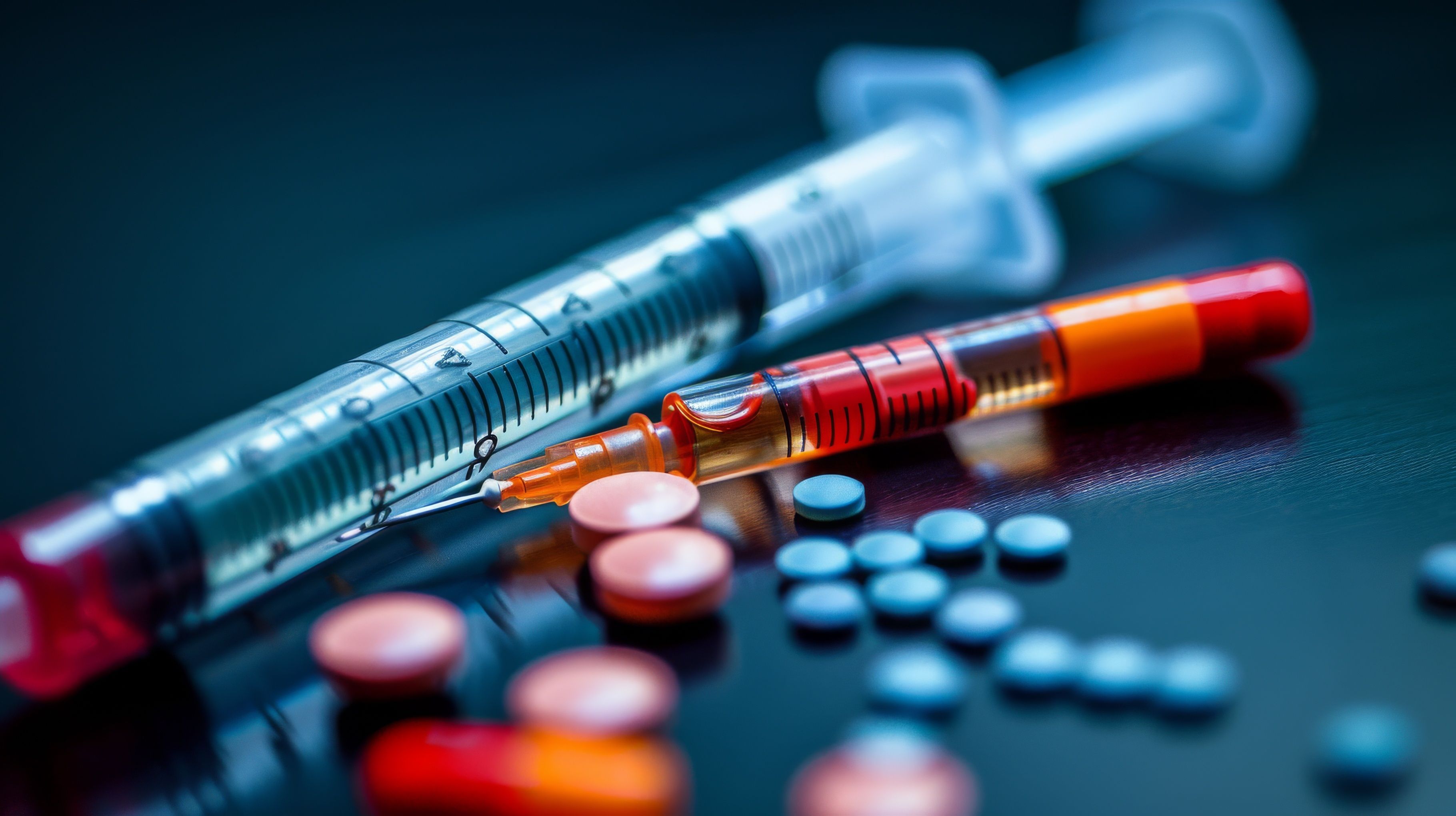- Bone Health
- Immunology
- Hematology
- Respiratory
- Dermatology
- Diabetes
- Gastroenterology
- Neurology
- Oncology
- Ophthalmology
- Rare Disease
- Rheumatology
Unlocking Biosimilar Potential in Specialty Pharmacies With Legislative Support, Formulary Changes
Sophia Humphreys, PharmD, MHA, BCBBS, emphasized that legislative support and formulary changes are crucial for overcoming unique challenges in specialty pharmacies and driving the growth of biosimilar adoption, which has significant cost saving potential in the next decade.
Sophia Humphreys, PharmD, MHA, BCBBS, emphasized that legislative support and formulary changes are crucial for overcoming unique challenges in specialty pharmacies and driving the growth of biosimilar adoption, which has significant cost saving potential in the next decade. | Image Credit: Pornarun - stock.adobe.com

Legislative support and formulary changes, among other actions from industry stakeholders, are crucial to overcome unique challenges and drive further growth in biosimilar adoption within specialty pharmacies, given the significant opportunities presented by expiring biologic patents, according to Sophia Humphreys, PharmD, MHA, BCBBS, executive director of pharmacy at Providence.
Humphreys spoke at the 2025 Festival of Biologics USA from April 23-24 in San Diego, California, about how to navigate the unique challenges for biosimilar adoption in specialty pharmacies. She began by recognizing 118 biologics will lose exclusivity in the next 10 years, presenting opportunities for biosimilars.
“If you catch them all, the total US—just US—sale opportunity is $234 billion that's up for grabs [in the] next 10 years,” Humphreys stated.
She touched on the successes of biosimilars in the US, from their initial launch in 2015 to the approval of 69 biosimilars. Humphreys noted that the FDA approved 28 biosimilars in 2024 and another 6 by the end of Q1 2025.
Biosimilar developers face barriers like the high costs and time that research and development (R&D), FDA approvals, and manufacturing require. Immunology and oncology account for the highly concentrated R&D costs. Additionally, reducing R&D costs can make more life-saving products accessible to patients.
“That would help us to expand to more therapeutic classes, to even have any company considering entering into orphan drugs entering into those less popular, less exciting classes like oncology,” she said.
Humphreys detailed the void in biosimilar R&D due to:
- The high cost to develop biosimilars ($100-$250 million)
- The time commitment of approximately 6 years
- Patent-related legal risks
- Patient population size
- Concentrated therapeutic classes
- Lack of biosimilar entry for orphan drugs
- Complexity
- A lack of interest in biosimilar R&D relative to medicine total sales
Various factors complicate the biosimilar market, including barriers posed by payers and pharmacy benefit managers, specialty pharmacies, interchangeability designations, FDA policy updates, and average sales price-based payments. Additionally, the Inflation Reduction Act (IRA) presents both pros and cons regarding biosimilar R&D, integrated delivery network costs, and the new requirement for identical delivery systems, all of which create market barriers.
Regulatory burdens, the IRA under the Trump administration, newer or better-tolerated agents, potential originator formulation improvements, and the expansion to more therapeutic drug classes contribute to the uncertain future of the biosimilar market.
Pharmacy benefit considerations include promoting more patient/provider education, reimbursing at dispensing, enabling interchangeability and pharmacy-level switching, implementing payer mandates, specialty pharmacy vertical integration, and the use of private labels that may further discourage competition.
“Expanding therapeutic classes—this is really key for our success in the future. We can stay all in our comfort zone, which I understand why we stay in oncology, immunology: [there is] big money [and a] large patient population. However, if we don't develop into other therapeutic classes, we are—as the industry, as a branch of the health care industry—going to face a lot more burdens and a lot less competition, and less competition means higher prices,” Humphreys concluded.
References
Humphreys S. Navigating the unique challenges for biosimilar adoption in specialty pharmacies. Presented at: Festival of Biologics USA; April 23-24, 2025; San Diego, CA.
Decade of Biosimilars Yields $36 Billion in Savings and Strengthens Supply Chain
April 24th 2025Dracey Poore, MS, director of biosimilars and emerging therapies at Cardinal Health, highlighted that biosimilars saved $36 billion over the last decade by improving patient access and the supply chain, but continued education and a robust pipeline are crucial for future growth.
Insights from Festival of Biologics: Dracey Poore Discusses Cardinal Health’s 2024 Biosimilar Report
May 19th 2024The discussion highlights key emerging trends from the Festival of Biologics conference and the annual Cardinal Health Biosimilars Report, including the importance of sustainability in the health care landscape and the challenges and successes in biosimilar adoption and affordability.
Promising Results for Ustekinumab, Adalimumab Biosimilars Presented at AAD
March 18th 2025Biocon’s ustekinumab biosimilar matched reference ustekinumab in efficacy and safety, while an adalimumab biosimilar proved interchangeable with reference adalimumab, according to posters at the American Academy of Dermatology (AAD) annual meeting.
What AmerisourceBergen's Report Reveals About Payers, Biosimilar Pricing Trends
May 28th 2023On this episode of Not So Different, Tasmina Hydery and Brian Biehn from AmerisourceBergen discussed results from a recent survey, that were also presented at Asembia 2023, diving into the payer perspective on biosimilars and current pricing trends across the US biosimilar industry.
Panelists Stress Stakeholder Education to Build Confidence in Biosimilars
October 31st 2024By expanding educational initiatives to clarify biosimilar safety, efficacy, and interchangeability, stakeholders can foster trust, improve access, and ensure that biosimilars are widely accepted as high-quality, cost-effective alternatives to originator biologics.
